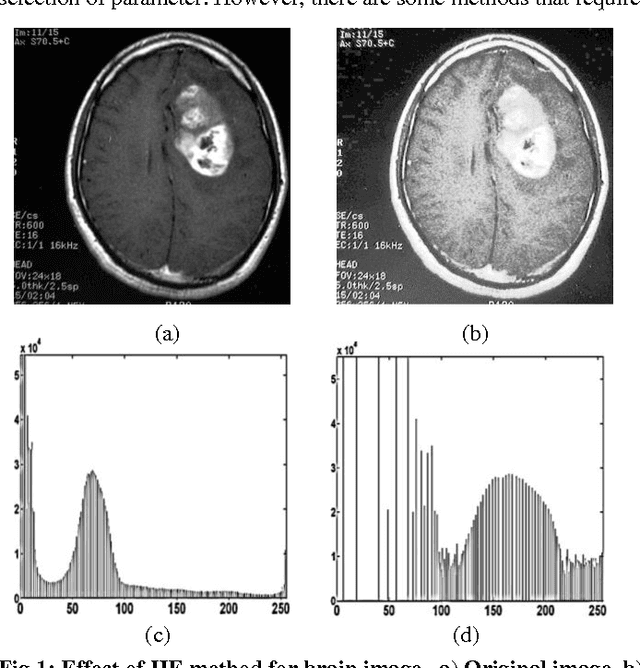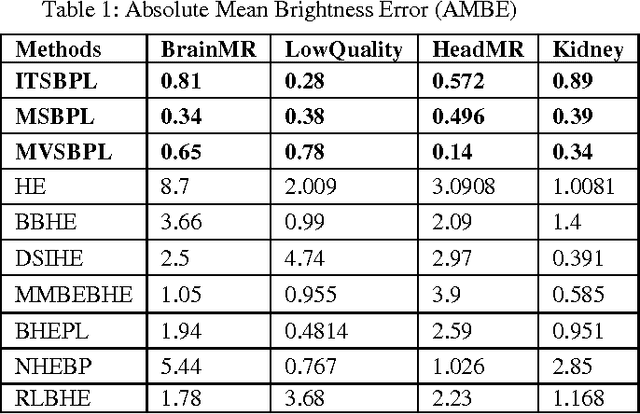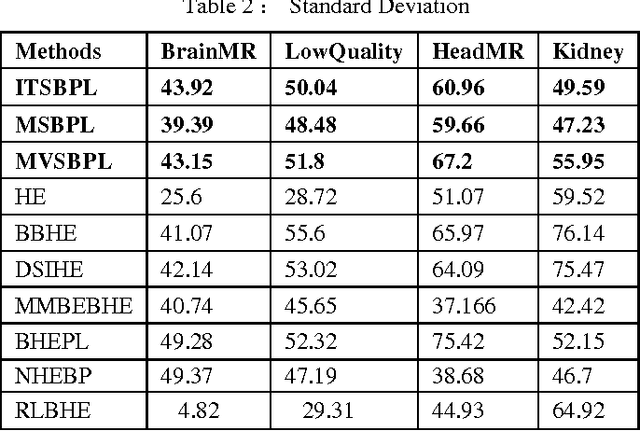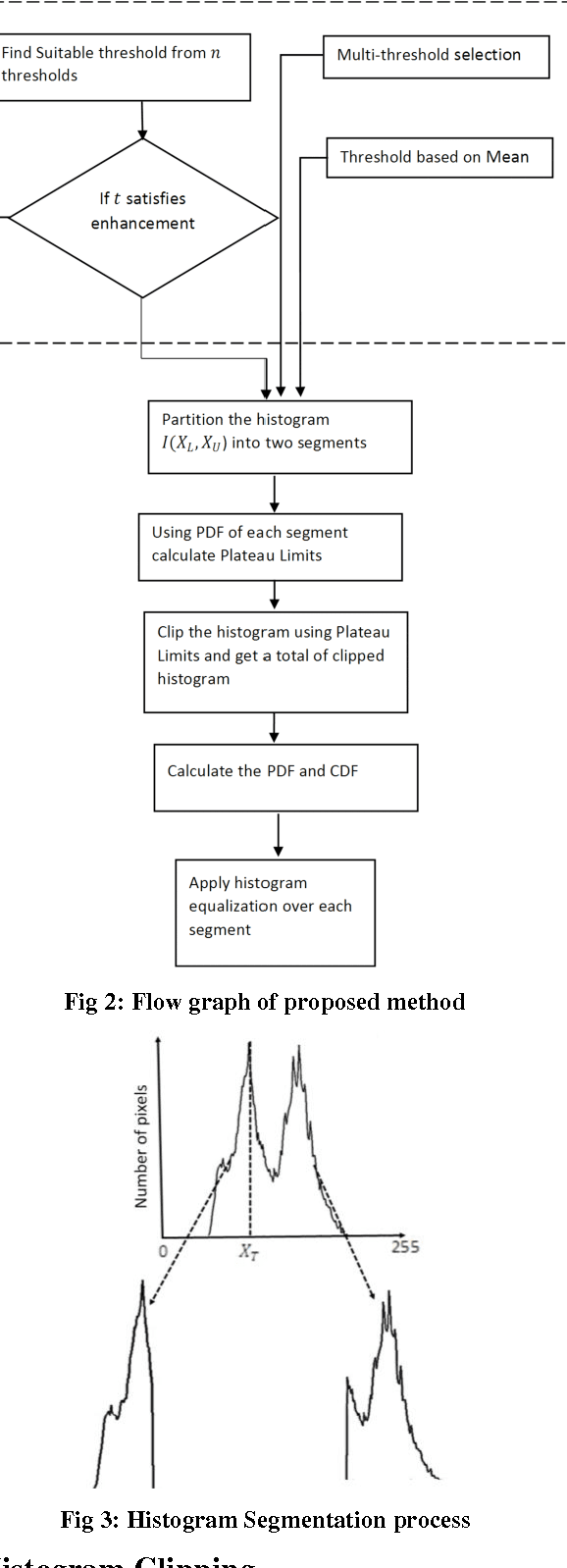Li Hua
DepthSeg: Depth prompting in remote sensing semantic segmentation
Jun 17, 2025Abstract:Remote sensing semantic segmentation is crucial for extracting detailed land surface information, enabling applications such as environmental monitoring, land use planning, and resource assessment. In recent years, advancements in artificial intelligence have spurred the development of automatic remote sensing semantic segmentation methods. However, the existing semantic segmentation methods focus on distinguishing spectral characteristics of different objects while ignoring the differences in the elevation of the different targets. This results in land cover misclassification in complex scenarios involving shadow occlusion and spectral confusion. In this paper, we introduce a depth prompting two-dimensional (2D) remote sensing semantic segmentation framework (DepthSeg). It automatically models depth/height information from 2D remote sensing images and integrates it into the semantic segmentation framework to mitigate the effects of spectral confusion and shadow occlusion. During the feature extraction phase of DepthSeg, we introduce a lightweight adapter to enable cost-effective fine-tuning of the large-parameter vision transformer encoder pre-trained by natural images. In the depth prompting phase, we propose a depth prompter to model depth/height features explicitly. In the semantic prediction phase, we introduce a semantic classification decoder that couples the depth prompts with high-dimensional land-cover features, enabling accurate extraction of land-cover types. Experiments on the LiuZhou dataset validate the advantages of the DepthSeg framework in land cover mapping tasks. Detailed ablation studies further highlight the significance of the depth prompts in remote sensing semantic segmentation.
Iterative Thresholded Bi-Histogram Equalization for Medical Image Enhancement
Aug 24, 2015



Abstract:Enhancement of human vision to get an insight to information content is of vital importance. The traditional histogram equalization methods have been suffering from amplified contrast with the addition of artifacts and a surprising unnatural visibility of the processed images. In order to overcome these drawbacks, this paper proposes interative, mean, and multi-threshold selection criterion with plateau limits, which consist of histogram segmentation, clipping and transformation modules. The histogram partition consists of multiple thresholding processes that divide the histogram into two parts, whereas the clipping process nicely enhances the contrast by having a check on the rate of enhancement that could be tuned. Histogram equalization to each segmented sub-histogram provides the output image with preserved brightness and enhanced contrast. Results of the present study showed that the proposed method efficiently handles the noise amplification. Further, it also preserves the brightness by retaining natural look of targeted image.
* 8 Pages, 8 Figures, International Journal of Computer Applications (IJCA)
 Add to Chrome
Add to Chrome Add to Firefox
Add to Firefox Add to Edge
Add to Edge